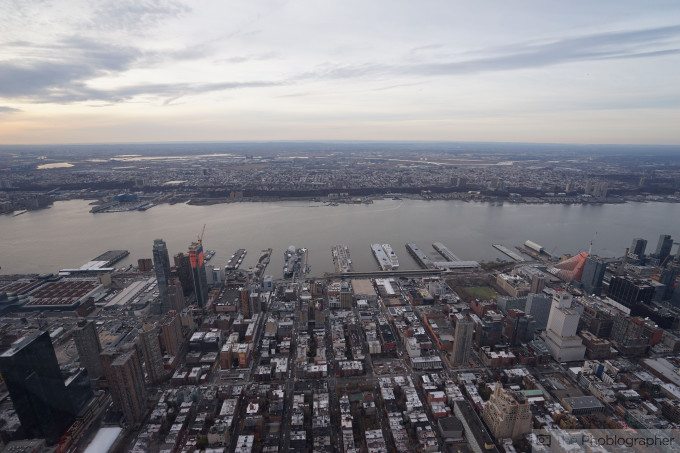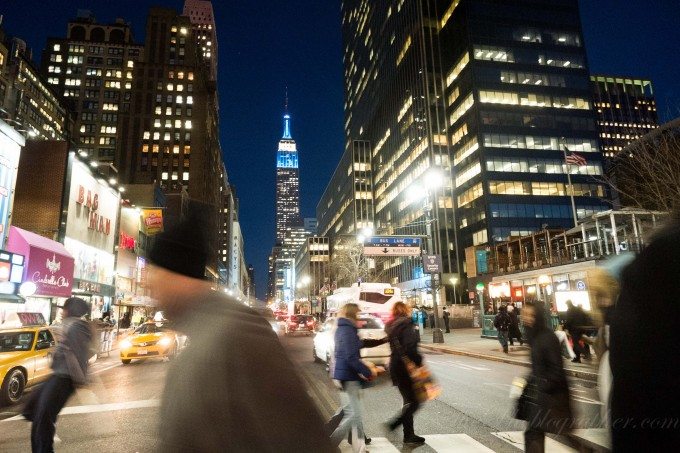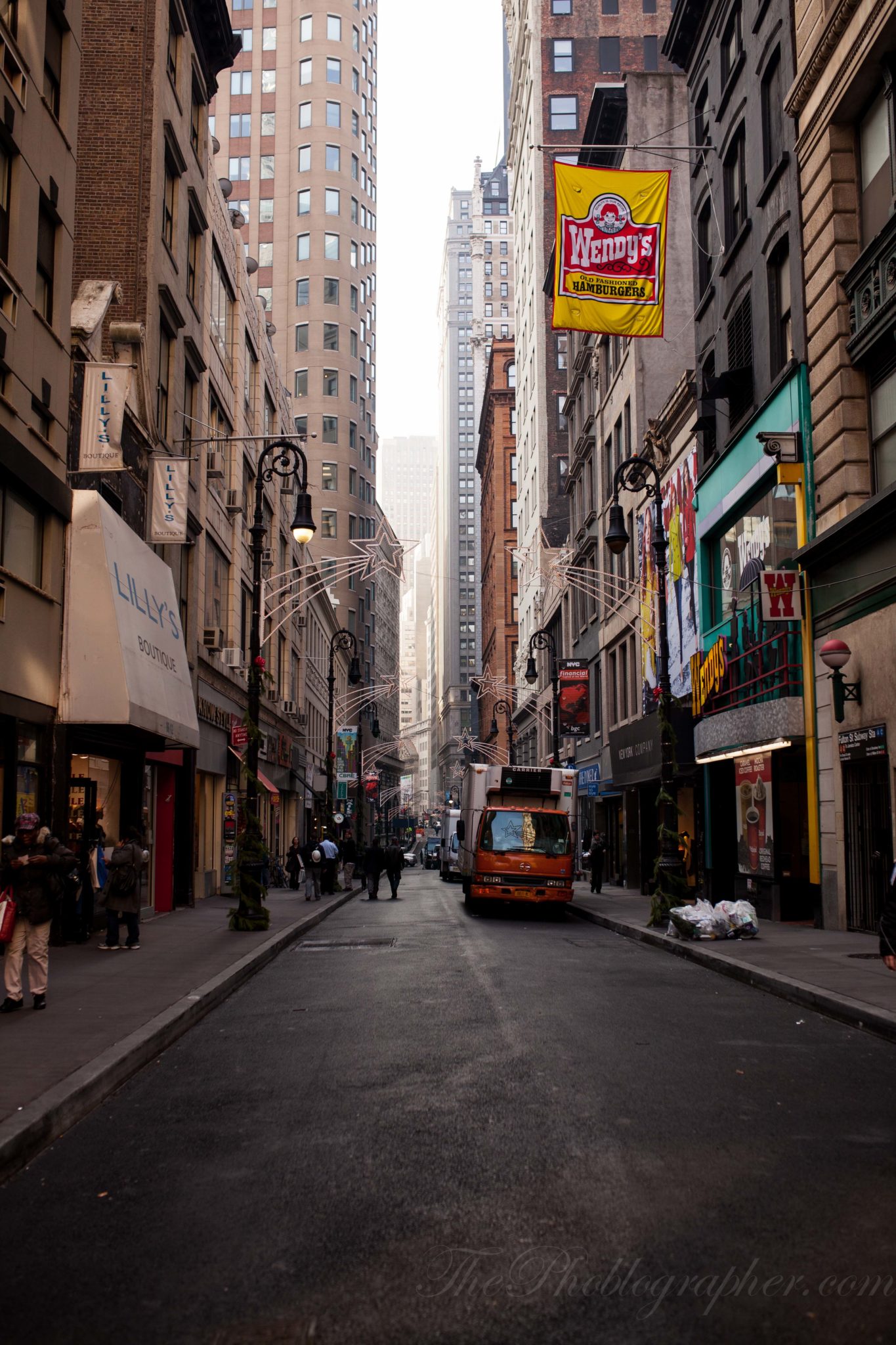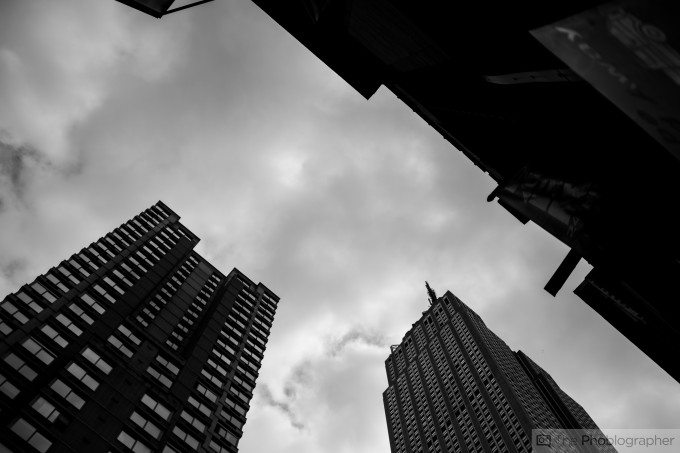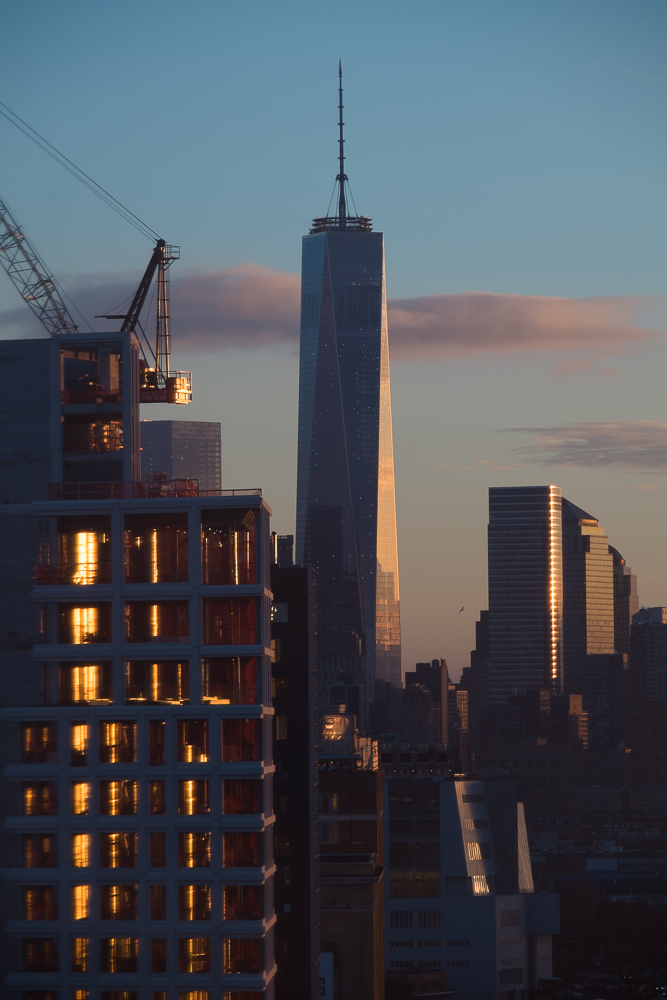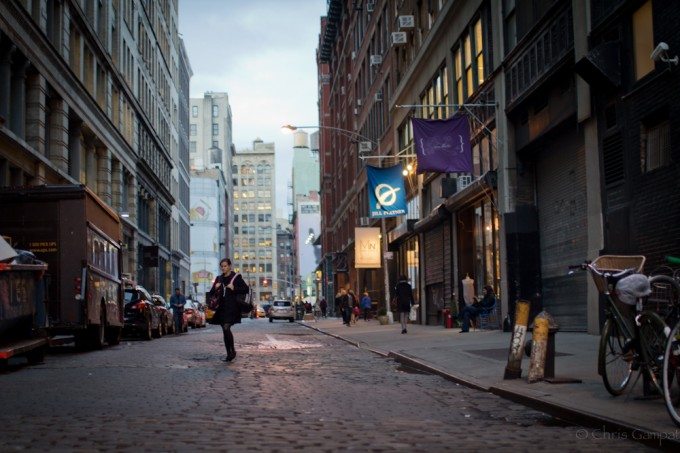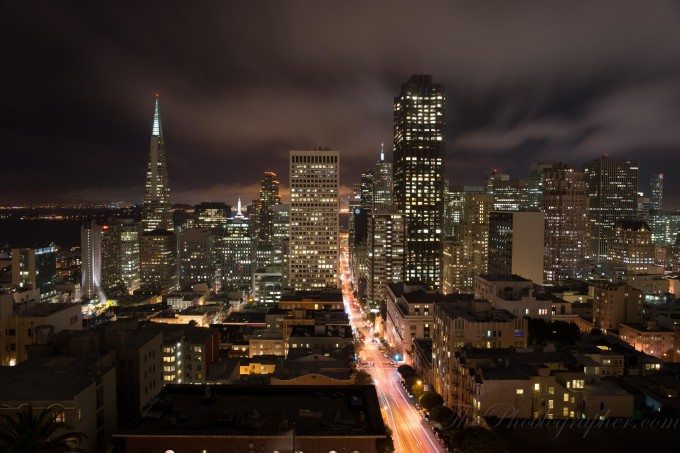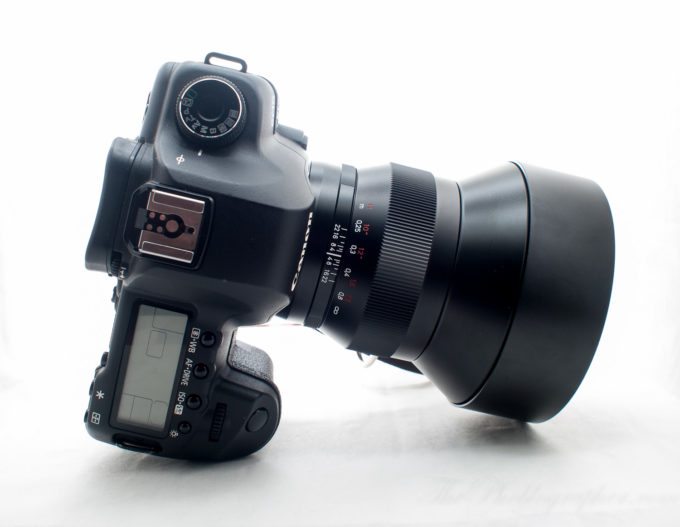Cityscapes in many ways are similar to landscapes, but instead can combine lots of geometrical shapes and can be a bigger problem when it comes to contrast–or at least that’s what a typical landscape photographer would say. In fact, the key to better cityscapes has to do with embracing the cities for what they are. Instead of worrying about the technical details, just go out there and shoot. Part of it comes from instinct, another part from just how captivating a scene can be, and the other part is knowing how to translate that captivation into images that make others feel the same way that you did.
In essence, it’s more than just capturing the moment. It’s about making someone feel like they’re in the moment.
Composition of Your Horizon
Landscape photographers will tell you to never position your horizon in the center of your image. In general, we’d agree, but exceptions can be made if the image is still overall just a captivating one. To be fair, those are very tough to come by.
As a rule of thumb, try to not make the horizon be in the center of the image. Rather, position it above or below the center area. Since you’re focusing out to infinity there is no problem with using the center focusing point, focusing all the way out and recomposing as long as you’re stopped down a little bit.
While many folks will usually shoot cityscapes and landscapes both in horizontal positions try vertical shooting every now and again.
Geometry
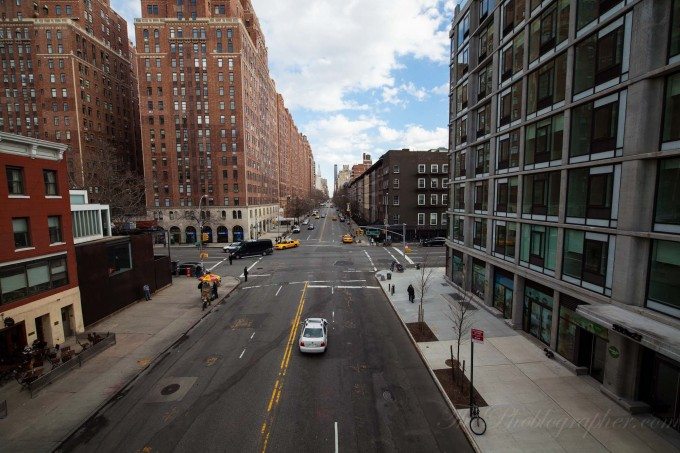
One of the bigger parts of cityscape photography has to do with geometry and the way that it works. There is the obvious geometry when it comes to working with the rule of thirds but then there are the different ways that the human eye looks at scenes. When it comes to shooting cityscapes, you can make very simple compositions out of almost anything because of the way that the lines in cities work.
Look for shapes: rectangles, squares, intersections, dots, etc and place them around your image by also trying to work with the color scheme.
Any Lighting is the Best Lighting
In landscape photography you’re often told to wait for the golden hour: but in cityscape shooting you can shoot at any time just as long as you get the angles that really enthrall someone in an image. With cityscapes, you’ll always face the challenge of having lots of contrast in a scene. Instead of trying to fight it, embrace it.
Additionally, one of the best times to go shooting in a city is in the middle of the day because of the fact that the sun is shining straight down and illuminating everything as evenly as it possibly can. Even further, the streets act as a bit of a natural reflector.
A Balance of Positive and Negative Space
Cityscape images should have a fair balance or use of both positive and negative space. In general, what we’re talking about here are stuff that’s vital to the image vs the extraneous that can highlight the good stuff. If you’re higher up, then it’s all about the clouds and sky but when you’re low down on the ground, it’s about the street and sidewalks.
Try to embrace all of this by combining it with use of geometry.
Recommended Focal Lengths
In general, we’re going to tell you to go for wider and telephoto focal lengths and to try to avoid the normal field of view. Why? Because cityscapes need to show off just how grandiose they are. The best way to do this has to do with either shooting ultra wide or very telephoto in the case that you’re up very high on a building.
Some of our favorite lenses?
Using this info, you can immediately get started in shooting better cityscapes.


